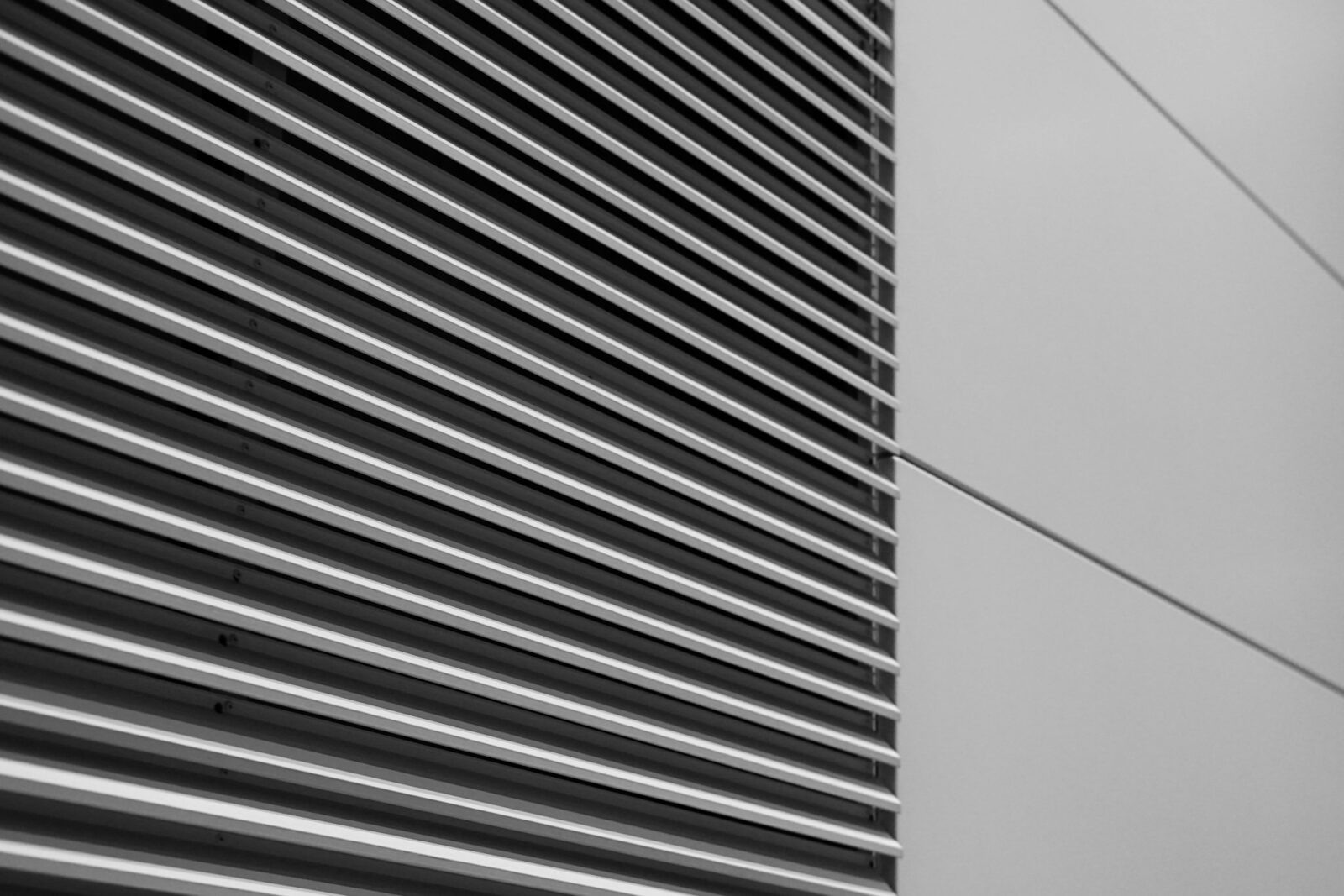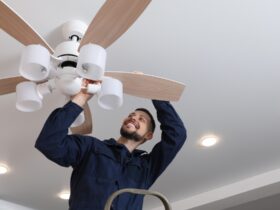Do you ever feel like your house has a personality? In the winter, it groans and creaks like it’s annoyed with the cold. In the summer, it hums and buzzes as if it’s doing all it can to keep you comfortable. And in between, during spring and fall, it’s a bit unpredictable—like it hasn’t made up its mind. The truth is, our homes react to the seasons just like we do. They get too hot, too cold, or sometimes just worn out from the constant shifts in temperature, moisture, and use.
As climate patterns grow more extreme and less predictable, houses are under more stress. Blazing summers are now paired with freezing winters. One week it’s sunny and 85 degrees; the next, you’re dealing with hail. These shifts don’t just impact how we dress. They affect how our homes perform day in and day out.
Weather used to be seasonal. Now it’s more like a roulette wheel. This means heating, cooling, insulation, and even materials like wood and drywall go through more wear and tear than before. For homeowners, this creates new challenges. What worked five years ago might not cut it anymore.
In this blog, we will share how changing seasons impact your home’s performance, what to watch for, and how you can stay ahead of small issues before they become expensive ones.
Why Seasonal Shifts Push Your Home to Its Limits
Let’s start with summer. With temperatures reaching new highs across much of the country, cooling systems are running harder than ever. Old units that once limped along in June are now breaking down by mid-May. If your living room feels warm even with the thermostat on low, it could be time to replace your air conditioner. Systems more than 10 years old may not just be inefficient—they might be struggling to keep up with the longer, hotter seasons we now face.
When fall rolls in, homes experience another shift. Nights are cooler, but daytime temps can still reach uncomfortable levels. This back-and-forth makes insulation more important than ever. If your walls or attic aren’t well sealed, your house starts to lose control of its indoor climate. This constant push and pull is hard on HVAC systems and uncomfortable for the people living inside.
In winter, the challenges flip. Cracks in the foundation or gaps in window seals let cold air creep in. Heating systems must work harder, often with little warning. In older homes, drafts sneak through tiny openings you didn’t even know were there. And don’t forget about pipes. Sudden freezes—now common in states that didn’t used to worry about them—can cause real damage if water lines aren’t properly protected.
Spring seems friendly, but it can bring its own drama. Rapid thaws from snow or ice can expose leaks in your roof. Melting water finds the weakest spots first—usually right above your favorite chair or along your basement walls. Pollen levels also spike, and if your ventilation system hasn’t been cleaned in a while, you’ll feel it in your nose, throat, and eyes.
All of this is connected. What happens outside shows up inside. And in the face of shifting seasons, your home’s ability to handle those changes depends on how well its systems are maintained and updated.
The Chain Reaction of Seasonal Stress
One of the first things homeowners notice during extreme weather is discomfort. The house just doesn’t feel right. Some rooms are cooler than others. Some seem stuffy, no matter how many windows you open. This isn’t just bad luck. It’s usually a sign that something in the home’s structure or system is being pushed past its limits.
Moisture is a huge culprit. Humid summers and wet springs can lead to condensation in walls or around windows. That water has to go somewhere. If it gets trapped, it can create mold or weaken materials like drywall and wood. Even worse, you might not notice the damage until you see stains, smell something musty, or feel the wall softening.
Shifting temperatures can also affect how your home moves. Yes, homes move—just slightly, and mostly unnoticed. Heat causes materials to expand. Cold makes them contract. Over time, this tiny back-and-forth adds up. Floors begin to creak. Doors stop closing properly. Walls develop fine cracks near corners or ceilings. These may seem like small annoyances, but they often point to larger structural stress.
Another subtle issue is airflow. During cooler months, you might close everything up to keep heat inside. But if your home doesn’t have proper ventilation, air quality starts to drop. Dust and allergens build up. Stale air lingers longer. And once you start using heat or AC regularly, those particles circulate throughout the house.
These changes don’t mean your home is falling apart. But they do mean it needs more attention than it used to. The shift in climate patterns is real, and it shows up in how your home performs each season.
Smart Ways to Keep Performance on Track
You don’t need to renovate everything. But small adjustments can keep your home steady year-round. Start with regular inspections. Walk around your house at the start of each season. Check for cracks, drafts, or signs of moisture. Pay attention to corners, window frames, and ceilings. These are usually the first places to show stress.
Change your air filters every few months. A clogged filter doesn’t just affect air quality. It makes your HVAC system work harder, which means higher bills and more wear.
Schedule a professional inspection for your heating and cooling system at least once a year. Technicians can spot signs of failure before your system goes out in the middle of a heatwave or cold snap.
Upgrade insulation where needed. It’s not just about saving energy. It also helps keep indoor temperatures steady, even when outside temperatures swing wildly from day to day.
Install smart thermostats if you haven’t already. They help regulate temperature more efficiently and allow you to monitor usage even when you’re not home.
Look at your windows and doors. If you feel drafts or see condensation forming, it might be time for an upgrade. Energy-efficient windows keep your home warmer in the winter and cooler in the summer, reducing stress on your systems.
If you’re noticing signs of mold, musty smells, or damp spots, bring in a moisture expert. Waiting until visible damage shows up usually means the problem has already grown.
The bottom line? Home performance isn’t just about staying comfortable—it’s about safety, savings, and long-term value. A well-maintained home runs more efficiently, stays healthier, and holds up better through seasonal changes.
Today’s buyers notice these things. They care about energy use, insulation, and indoor conditions more than flashy finishes. As weather becomes more extreme, homes need to keep up or risk higher bills and repairs. The upside? With a few smart upgrades, your home can stay ahead of the stress and handle whatever the forecast brings.







Leave a Reply